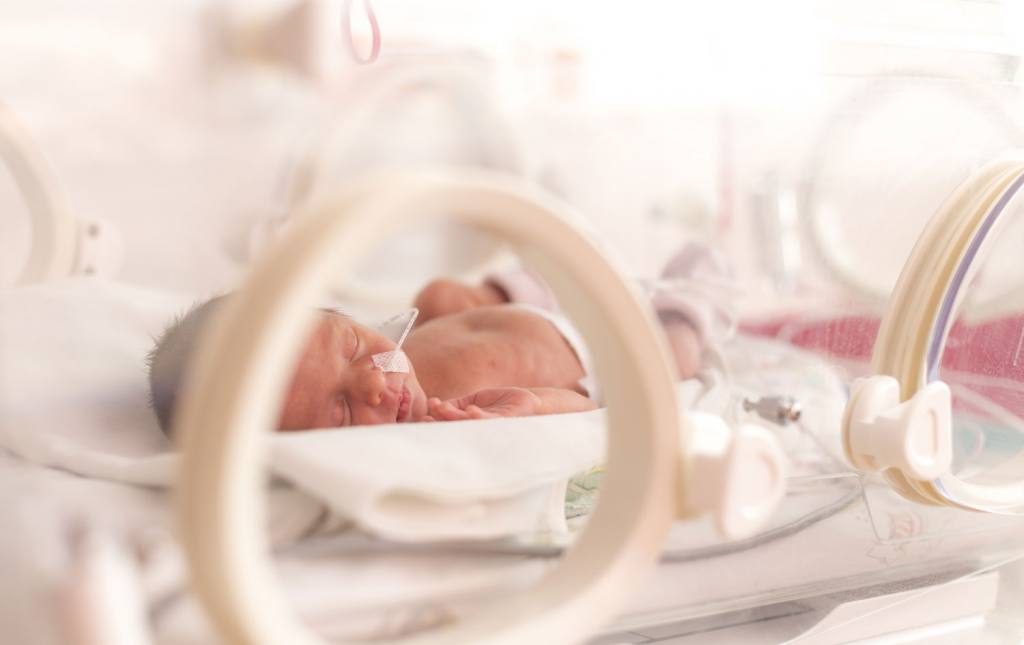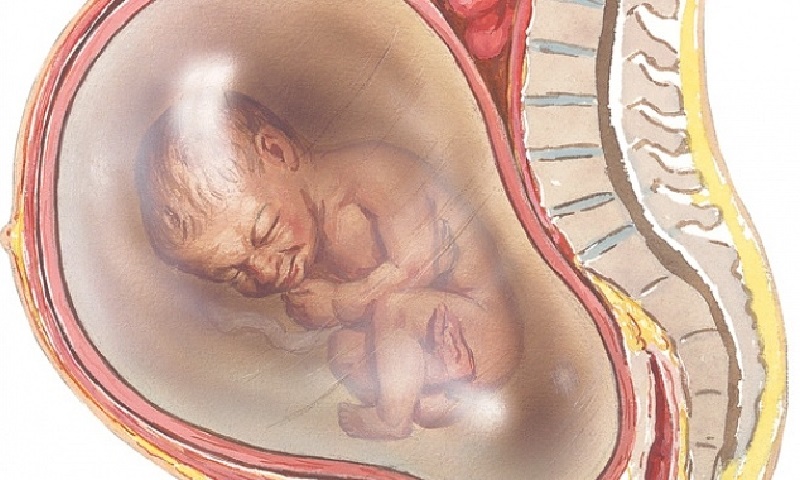
There are chances that any pregnant woman can have preterm labor and premature birth, even if she has done everything right during pregnancy. But certain factors can make some women go into labor and give birth early when compared o others. These risk factors include:
Most women with these risk factors will carry their pregnancy to full term. But it’s helpful to be aware of the risks so that everything can be thoroughly evaluated and closely monitored by the doctor.
Even though normal pregnancy lasts for approximately 40 weeks, most pregnant women go into labor at the 40-week mark and some women go into labor a little earlier. The contractions that begin to open the cervix before the 37th week of pregnancy is characterized as preterm labor.
Preterm labor can lead to a premature birth, which poses many risks to the baby. Therefore pre-mature babies often need additional care after birth and sometimes have long-term health problems that can affect them throughout their entire lives. The earlier in pregnancy a baby is born, the more likely is the baby to have physical or mental disabilities.
Studies reveal that preterm labor occurs in approximately 12 percent of pregnancies. Even though the cause of preterm labor is still unknown, there are certain risk factors that can increase the likelihood of going into labor early.
A woman with a history of premature birth is much more likely to experience preterm labor and delivery in subsequent pregnancies. The likelihood depends on the number of previous premature births and how earlier they occurred. The earlier a previous premature birth took place, it is more likely that the next birth occurs as early or even earlier.

However, these risks happen to women who have spontaneous premature births, not just preterm labor. A woman who has delivered a baby at full term has a very low chance of delivering a subsequent baby early. Similarly, the more pregnancies a woman has delivered at full term, the less likely that subsequent births will be premature. Even when a woman has had one premature birth in the past, the chances of having another are reduced if she had at least one full-term pregnancy in between.
Certain studies show that a history of abortion can increase a woman’s likelihood of giving birth early. Women who have had more than one abortion seem to be more likely to have a premature birth later in life. One possibility of preterm labor is that the cervix may become damaged during abortion procedures. Also an incompetent cervix, which means that the cervix will abnormally open early in the pregnancy can result in preterm abortion. Another possibility is that women who have had several abortions tend to have less access to healthcare and other resources when compared to those who never had an unplanned pregnancy. Both these possibilities can increase risk for preterm labor and premature birth in future pregnancies.
Multiple gestation occurs when the uterus must stretch more when it’s holding two or more babies. The uterus, tends to contract when it’s stretched beyond a certain point. In a multiple gestation pregnancy, the uterus may be stretched to an extent where then contractions begin before the babies get fully developed.

The risk for preterm delivery is proportional to the number of babies in the womb:
| Number of babies in the womb | Average gestational age at birth |
| One | 40 weeks |
| Two | 35 weeks |
| Three | 32 weeks |
| Four | 30 weeks |
Gestational age simply refers to the number of weeks a woman is pregnant. Usually it is calculated from the first day of the last known menstrual period.
Multiple gestation also places the mother at a higher risk of developing preeclampsia and gestational diabetes, while the babies have a greater risk of getting severe anaemia and are likely to have low birth weights and birth defects. It is likely that one needs to consult a high-risk obstetrical specialist in case of a multiple gestation pregnancy, to help prevent any adverse outcomes.
Women who experience vaginal bleeding between the 12th to 24th weeks of pregnancy are more susceptible to a greater risk of experiencing preterm labor and delivery. The severity of the risk mainly depends on the cause of the bleeding.
Placenta previa and placental abruption are the two main causes of vaginal bleeding during pregnancy period. Placenta previa occurs when the placenta partially or completely covers the opening of the cervix and placental abruption happens when the placenta separates too early from the uterine walls.
Women who experience vaginal bleeding at any time during pregnancy should consult their doctor immediately for evaluation. Even though all cases of vaginal bleeding doesn’t signify a problem, it’s critical to pinpoint the cause of bleeding so that any problem can be resolved quickly.
The presence of a bacterial or viral infection during pregnancy can increase the risk for preterm labor and premature birth. Infection may appear in any part of a woman’s reproductive or urinary tract, including the vagina, cervix, uterus, urethra, bladder, or kidneys. In some pregnant women, the body’s response to the infection can trigger early labor and delivery since the infection may reach the uterus, where it stimulates a chemical reaction that encourages the uterus to contract. Even though, not all bacteria and viruses reach the uterus and trigger contractions. if they cross the two membranes surrounding the baby and enter the amniotic cavity, labor is much more likely to occur.
Some infections that are associated with preterm labor and premature birth include gonorrhea, chlamydia, trichomoniasis, and bacterial vaginosis.
Polyhydramnios refers to an excess amount of amniotic fluid in the uterus. An increased amount of amniotic fluid causes the uterus to stretch more than usual. When the uterus is stretched beyond a certain point, it may start contracting earlier may lead to premature birth. Symptoms include unusually large abdomen for gestational age, difficulty in breathing, decreased urine output, and increased swelling in the legs and feet. Ultrasound test is used to determine the amount of amniotic fluid in the uterus. During the diagnosis stage, some of the excess fluid will be removed by performing an amniocentesis. During this procedure, an ultrasound is used to help guide a long needle through your abdomen and into the amniotic sac to extract the excess fluid.

The common maternal causes for polyhydramnios include diabetes and red blood cell incompatibilities. Placental causes are rare but include chorioangioma, which is a benign tumor of the blood vessels in the placenta. Fetal causes are common and include multiple gestation, infection, birth defects that impair the growing fetus’ ability to swallow, and nonimmune hydrops, a condition in which the baby is swollen with fluid.
The cervix forms the lower part of the uterus and normally remains closed throughout pregnancy to hold the baby securely inside the womb. Once labor begins, contractions cause the cervix to soften and shorten so that it can open for delivery. Cervical insufficiency is the condition when the cervix begins to dilate before it should. Therefore women with cervical insufficiency are more likely to go into early labor and to have a premature birth.
Cervical insufficiency can be due to injury, surgery, or medication. The following factors can increase risk for cervical insufficiency:
Some of the most common abnormalities of the uterus that have been present since birth include:
Women with an abnormally shaped uterus have high risk of complications, while those with a septum inside the uterus have the least risk.
Certain outside influences including genetic, economic, and social Factors can also affect risk for preterm labor and premature birth.
Certain inherited traits pose an increase in the risk for early childbirth. In the United States, African-American women are more likely to experience preterm labor than other ethnicities, when social and economic factors are taken into account. The risk tends to be at the greatest in the earlier weeks of pregnancy.

There are chances for low-income women to deliver prematurely because they lack sufficient food, shelter, and prenatal care. Without adequate nutrition, a woman tends to begin pregnancy well below her ideal weight. This causes an additional risk factor for preterm labor. The stresses associated with low income or unemployment may also contribute to premature birth.
Numerous social factors determine a woman’s risk for preterm labor including:

Having a risk factor doesn’t necessarily mean that one will experience preterm labor and give birth early. But it does increase your chances and therefore it is very important that to have a thorough evaluation with the doctor.
It is the most powerful creation to have life growing inside of you.There is no bigger gift